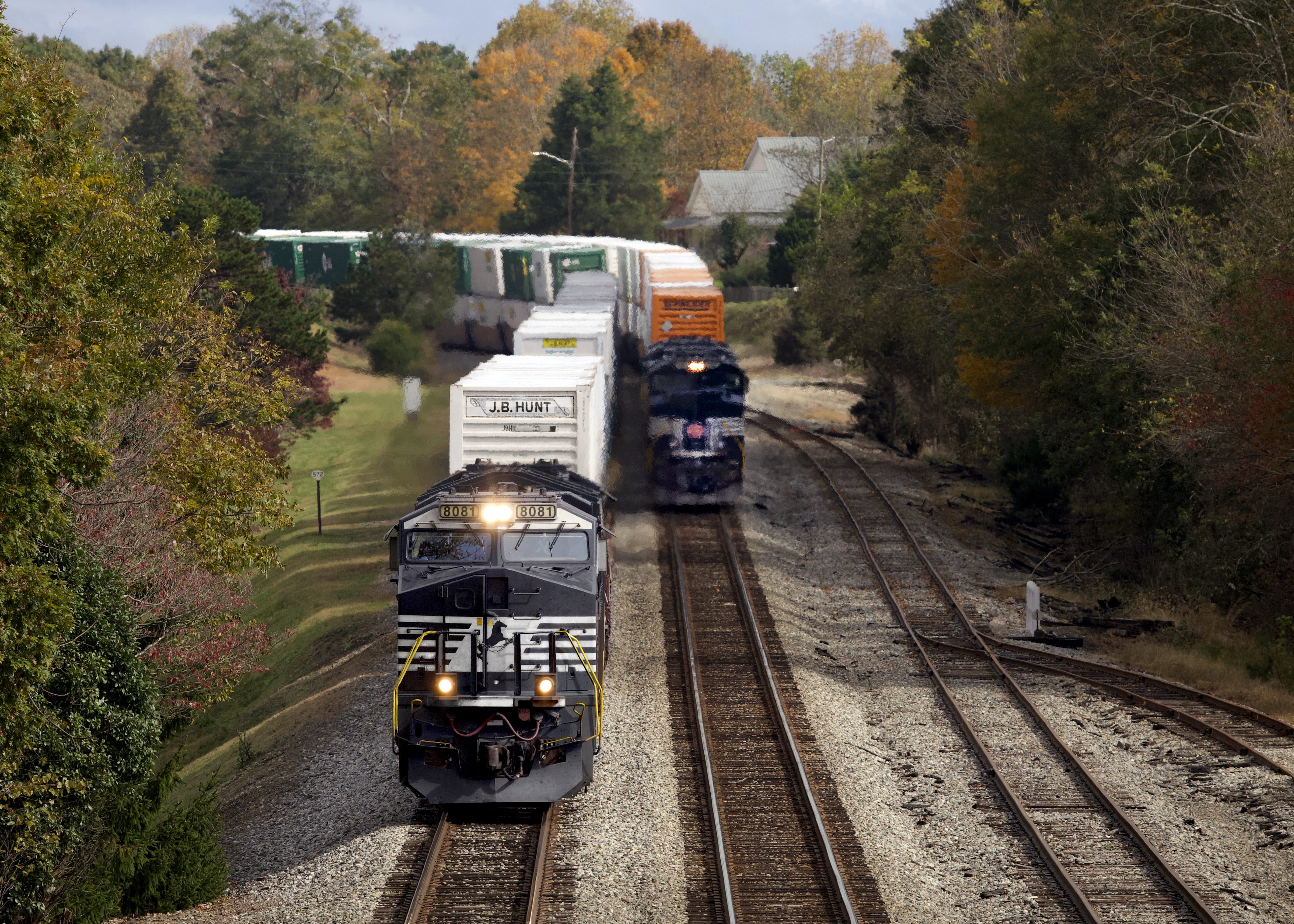- Main Number
(855) 667-3655 - Emergencies
(800) 453-2530 - Crossing gates, signals & rough crossings
(800) 453-2530 - Environmental Spills
(800) 453-2530

A fluid and productive railroad is an efficient railroad. Over the past year, we’ve made substantial progress decongesting our rail yards by reducing the number of cars on our properties. Using a data driven approach, we are delivering better service to our customers and increasing our productivity.
“We are implementing new strategies across our network to improve how we deliver safe, reliable, and resilient service to our customers,” said Paul Duncan, Executive Vice President and Chief Operating Officer. “We’ve improved intermodal car velocity by taking a fresh look at how we balance cars in our yards. As a result, we’ve seen less congestion and greater speed with the movement of cars.”
In another example of our Team of Teams approach, our Network Planning and Optimization group led the effort to improve intermodal car velocity. The team examined volumes by terminal and the associated demand for cars. They then used data to match the car supply to meet service needs through several process improvement tactics.
The new car movement strategy has improved both efficiency and productivity. Now, cars move more directly to terminals throughout our network. We also can better predict when terminals need cars to meet customer’s needs. These approaches have reduced transit times for empty cars going to other railroads.
Even while handling 6 percent higher volume, we’ve made substantial progress thanks to the team’s work, including:
- Reduced delays for cars by 30 percent by ensuring a consistent supply of cars.
- Achieved significant savings by substantially reducing our car cost per load for the 3.5 million loads we transport annually.
- Eliminated over 100,000 feet of intermodal equipment roaming the network, which increased terminal productivity and fluidity due to having to move less cars.
In addition to improved service, we’ve decongested yards throughout our network, particularly at our major facilities in Chicago, Harrisburg, and Atlanta. All now have greater intermodal fluidity and can move more cars more efficiently. The Network Planning and Optimization team is identifying additional ways to improve productivity and efficiency, with an eye to further improving customer service.
